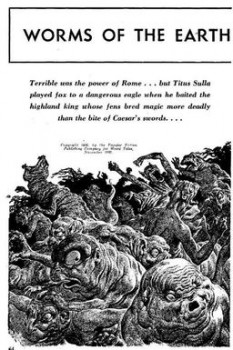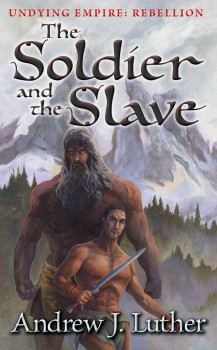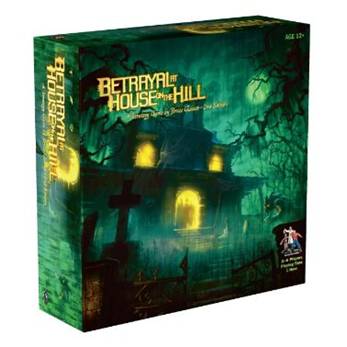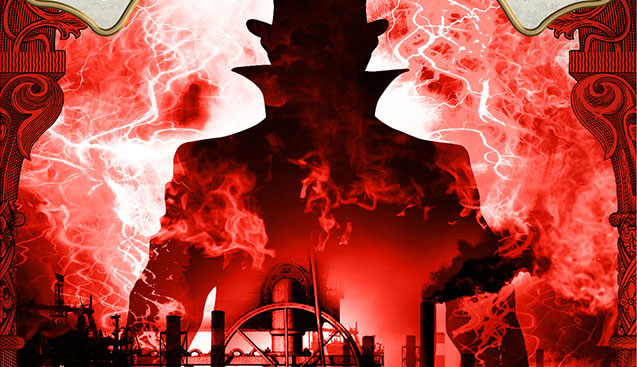The Public Life of Sherlock Holmes: Milton F. Perry’s ‘Harry S. Truman, Sherlockian’

It’s well known in Sherlock Holmes circles that Franklin Delano Roosevelt, 32nd President of the United States of America (now THERE was somebody worthy of that office) was a great fan of the world’s first private consulting detective, even having written about Holmes more than once. The third of his three Vice Presidents, and his successor at the Oval Office, was Harry S. Truman. Truman was also a follower of Holmes and like FDR, was granted membership to The Baker Street Irregulars.
Milton F. Perry himself became an Irregular in 1990. As he mentions in this essay, he was the Curator of the Museum at the Harry S. Truman Library from 1958 until 1976. The position gave him enviable access to the former President. Perry wrote the following essay for the December, 1986 Baker Street Journal. Truman’s interest in Holmes is not as well-known and certainly deserves to be publicized. So, as a frightful election day looms, Come, the game is afoot! – Bob
“Mr. President,” I asked, “What did the dog do in the night time?”
Harry S Truman grinned and looked at his glass of bourbon and branch water. “Perry,” he said, “you ought to know better than test an old Holmesian like me, the only honorary member of the Baker Street Irregulars. You know damned well the dog did nothing in the night time!”
This was my introduction to Harry Truman as a Sherlockian, a relationship I was able to develop from time to time during the years I was associated with him as Curator of the Museum at the Harry S Truman Library in Independence, Missouri, from 1958 until 1976. I was fortunate to have been able to discuss many things with him during those years, mostly in the uninterrupted privacy of his office.
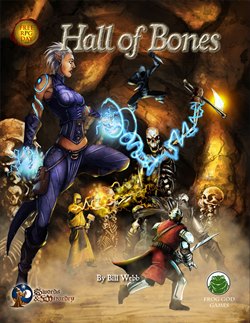
 “It’s an accepted fact that all writers are crazy; even the normal ones are weird.” Wm. Goldman
“It’s an accepted fact that all writers are crazy; even the normal ones are weird.” Wm. Goldman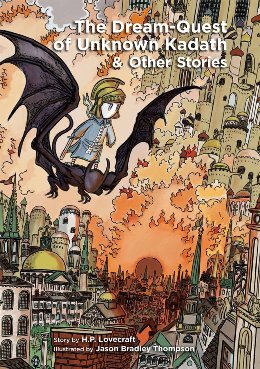
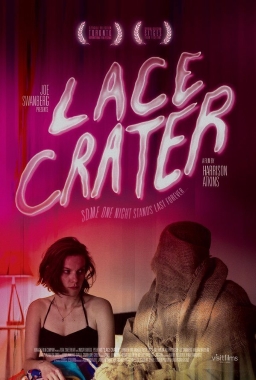 At 7:30 PM on Thursday, July 28, I was in a seat in the De Sève Theatre waiting to see a screening of an American independent horror-comedy called Lace Crater, about a woman who catches a venereal disease from a ghost. After that I’d cross the street to the Hall theatre for a showing of the Iranian horror movie Under the Shadow. I wasn’t entirely sure what to expect from either film, which from experience I knew was often the best way to come to a screening at Fantasia. I was pondering this when the lights went down and Adam Kritzer, producer of Lace Crater, was introduced to the crowd. He thanked us for coming, and urged all of us in the audience to turn to our neighbours, whether we knew them or not, and say whether we believed in ghosts. There was an aisle to my left. I glanced to my right. The man beside me shrugged. “Not particularly,” he said in French. “Same here,” I replied.
At 7:30 PM on Thursday, July 28, I was in a seat in the De Sève Theatre waiting to see a screening of an American independent horror-comedy called Lace Crater, about a woman who catches a venereal disease from a ghost. After that I’d cross the street to the Hall theatre for a showing of the Iranian horror movie Under the Shadow. I wasn’t entirely sure what to expect from either film, which from experience I knew was often the best way to come to a screening at Fantasia. I was pondering this when the lights went down and Adam Kritzer, producer of Lace Crater, was introduced to the crowd. He thanked us for coming, and urged all of us in the audience to turn to our neighbours, whether we knew them or not, and say whether we believed in ghosts. There was an aisle to my left. I glanced to my right. The man beside me shrugged. “Not particularly,” he said in French. “Same here,” I replied. 